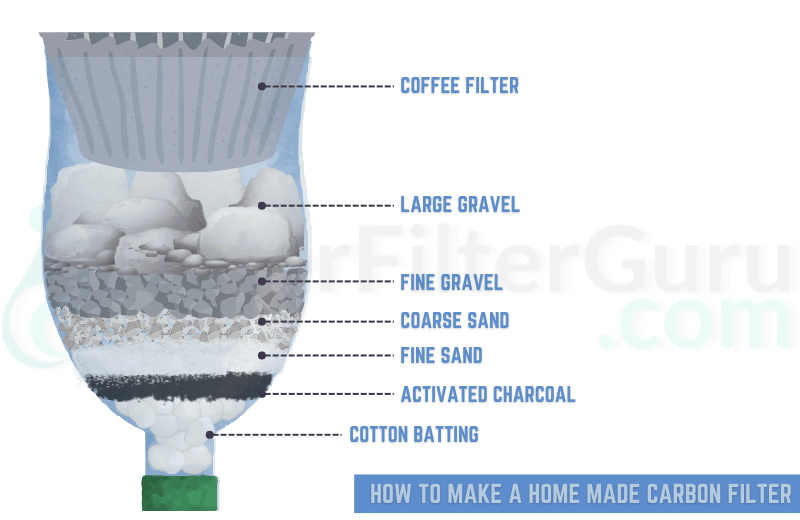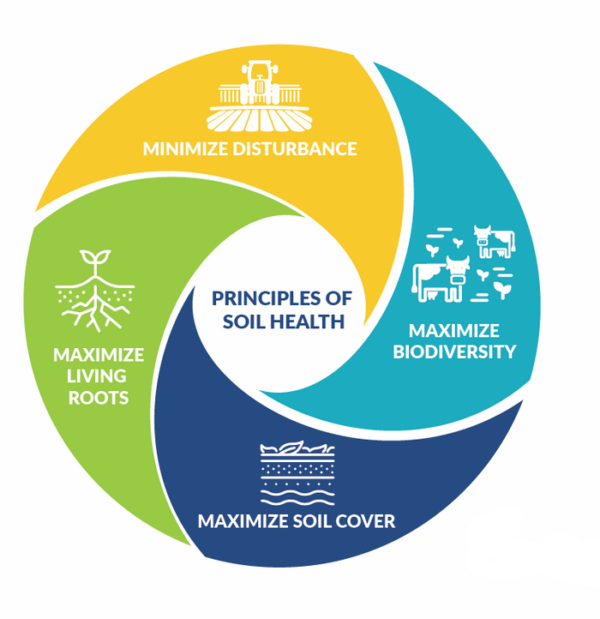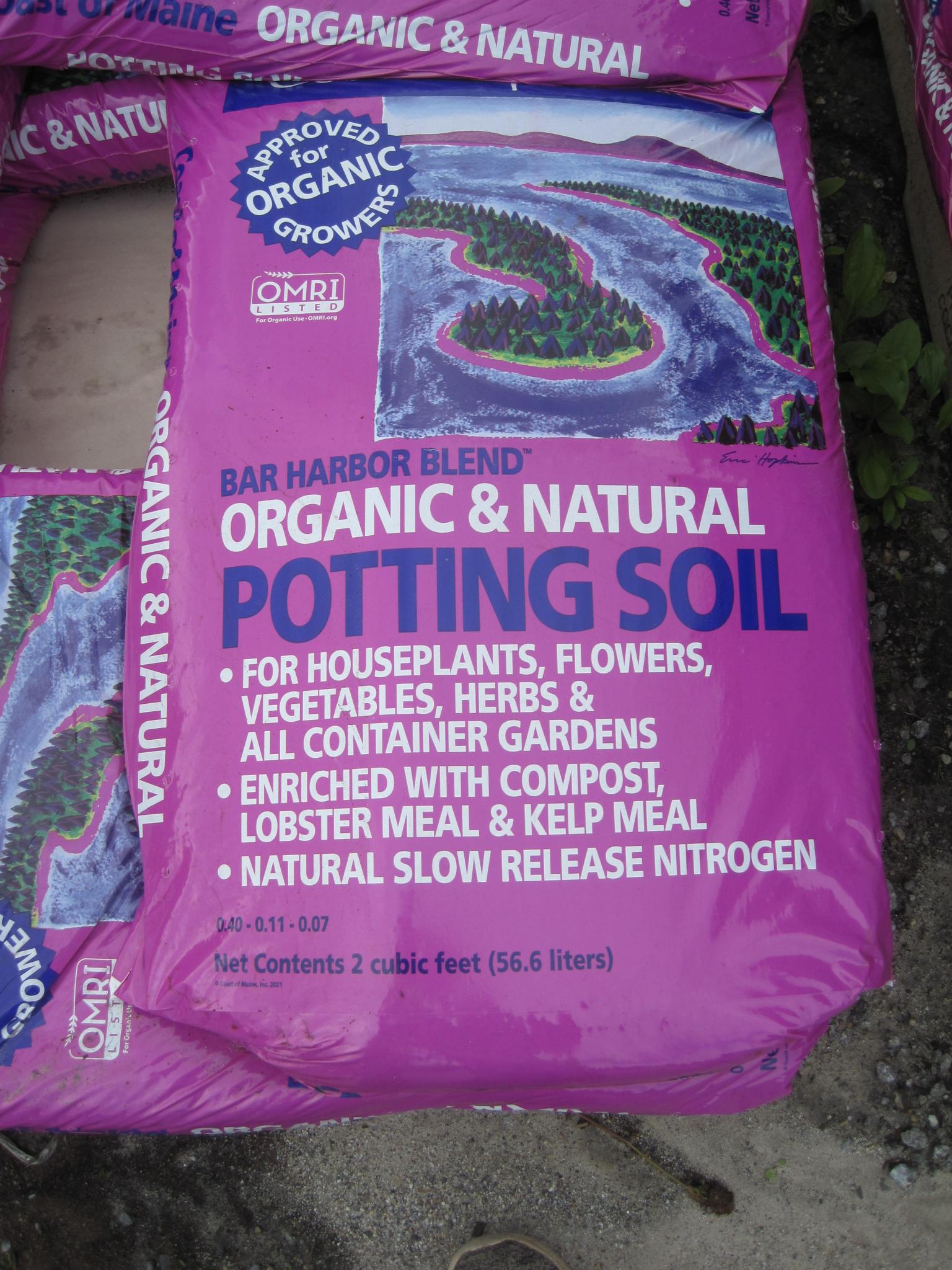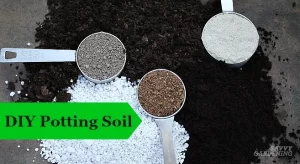What’s the difference between topsoil and potting soil? The choices can get overwhelming at the gardening center, but it simply boils down to what you’re using it for. Do you want fill in a hole? Do you have clay soil? Are you growing in a container? Learn more.

What is Topsoil?
Topsoil is the soil scraped from the top of the ground. It’s what you find naturally in your yard.
- Topsoil is not sterile, so it often has viable weed seeds and can harbor disease pathogens and fungal spores.
- On the plus side, it contains naturally occurring nutrients and minerals as well as beneficial soil microbes.
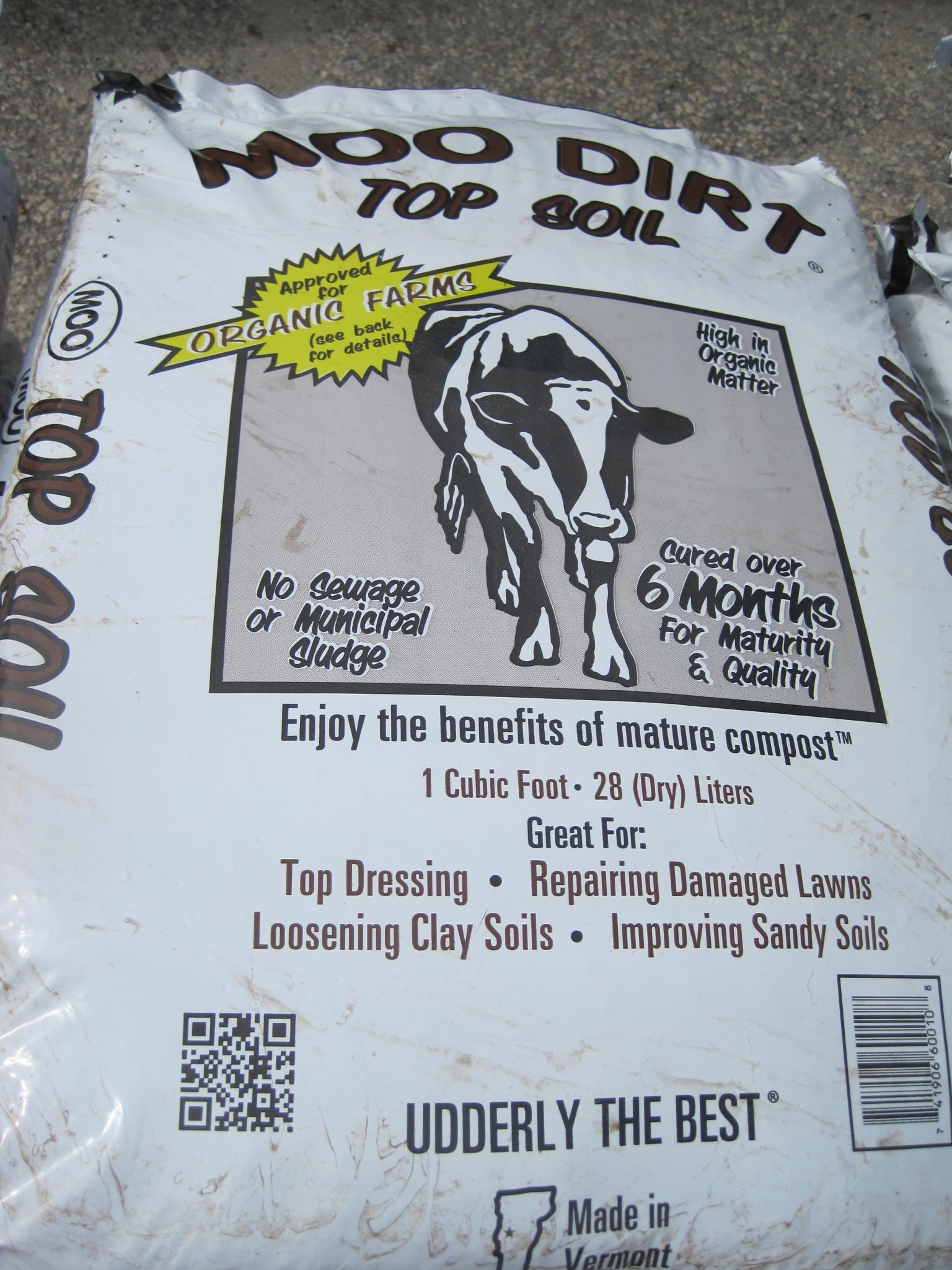
It’s very heavy, often containing a large amount of clay, which makes it hold water. This can be a good thing, lessening the frequency of watering, or a bad thing since the soil stays soggy and doesn’t drain well. It tends to pack down, making it difficult for seedlings to emerge.
High-quality topsoil should have a loose texture that crumbles like cake between your fingers and not clump up. If you have poor-quality topsoil (often too much clay), then buy enriched topsoil. This is a mix of topsoil with organic matter such as compost, sand, or composted manure.

Topsoil is only for outdoor use, such as spreading on your lawn when planting grass seed to get grass off to a good start. Use it to fill in and level low spots and add it to outdoor planting beds.
Related: Find out how much topsoil your garden needs.

Also, buy topsoil for raised beds if your own topsoil is poor. Mix in organic matter such as compost to improve drainage at a 2:1 ratio of topsoil to compost. Or, purchase the enriched topsoil already mixed with compost. Over time, the quality of the soil below the raised bed will improve.
What is Potting Soil?
Potting soil (also called potting mix) often contains no soil at all, hence the name soilless mix on many bags. It is usually based on peat moss or some other quick-draining material and sometimes has compost or biochar mixed in.
Potting soil is lightweight, has lots of air in it so water runs through quickly and it will not pack down. Perlite and vermiculite add even more air space, making it light and fluffy. Ingredients are listed on the bag.
Soilless potting soil and potting mix are best for containers since they need good drainage. Look for even fluffier seed-starting mixes when planting seeds indoors.

